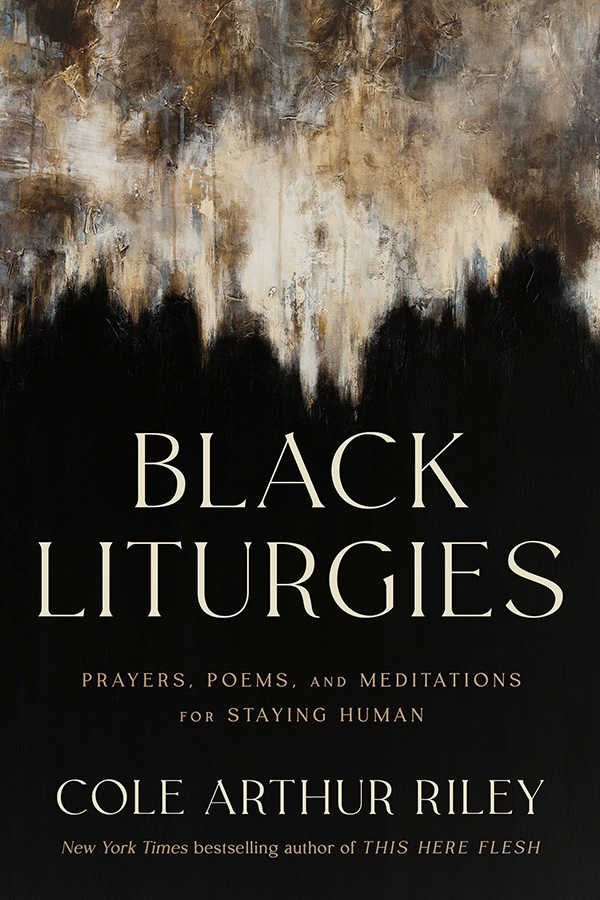The tour guide pointed to a few reproduced photos of young children working in the tobacco factory. “These buildings were formerly a place where young children and others were exploited,” she said. “We have these photos here to remind us of that terrible history.” Later during the same tour, she described how the renovations and upkeep of the space were designed to make visitors feel like they are at Disney World.
I had asked for a historical tour and received the amnesiac’s history of the tobacco industry. What is now renovated and manicured to feel like Disney World is the site of years of abuse and oppression against my brothers and sister of color, forced through policies, written and unspoken, to work on the side of the factory that was equal parts dangerous and hostile. No words of the past abuse. No acknowledgement of the Latino who power-washed the walkway in the hot sun.
It’s quite easy to observe the institutional amnesia of these revitalized industrial spaces, but the amnesia that plagues our own institutions and communities is much more difficult to diagnose and rehabilitate. Our inability to see what we’ve forgotten is precisely amnesia’s pervasive trick: We don’t know that we’ve even forgotten anything in the first place.
In the church we often spiritualize our amnesia, quipping that we need to remember “whose” we are before we can know “who” we are. But this amnesia therapy doesn’t go far enough.
It doesn’t tell us why people of a certain demographic and socio-economic status dominate our pulpit spaces and leadership positions. It doesn’t explain why the women didn’t speak up at the last council meeting. It doesn’t tell us why all of the pews and stained glassed windows are named in honor of people with the same last name. Spiritualizing our amnesia blinds us to the stories of our organizations and disables us from seeing ourselves and our God more clearly. Ignoring our past prevents us from faithful growth in the future.
There are three possible approaches to the stories of our past. We can ignore them, setting us up to repeat the failures in the same ways. We can tell them and shame ourselves for the wrongs committed by us, by our families, by the previous leadership. Or we can tell the stories and identify the wrongs, talk about the legacy of the harm and take action to repair the harm.
Naming the institutional sins of our churches, organizations, and groups creates the space to forgive the perpetrators and those who continue to benefit from their actions. We should ask the tour guides of our buildings, our neighborhoods and our communities to tell us who lived where and why. We must interrogate our records, recover our memory and tell the stories of our traditions, our culture, our people.
We recover our memory through story-telling and excavating artifacts from our organizational attics and storage closets, replacing the photos that have been cropped with the full-frame, and writing down the stories and painting portraits of the people who sat in the back pew.
In attending to the overlooked and marginalized fragments of our past, we can capture our present picture with a wider lens. With a memory restored, we can imagine our future with a hopefulness rooted in truth.








